How to Choose the Best Cable Management Tools for Your Workspace
In today's fast-paced and technology-driven workspace, effective organization is paramount, and one often overlooked aspect is the management of cables. With the increasing number of electronic devices and the complexity they bring, choosing the right cable management tools becomes essential for maintaining a tidy and efficient environment. Poor cable management not only creates visual clutter but can also lead to safety hazards and inefficiencies in workflow. This guide will explore essential factors to consider when selecting the best cable management tools for your workspace, helping you streamline your setup and enhance productivity. From adhesive clips to zip ties, understanding the various solutions available will empower you to make informed choices that contribute to a cleaner, more organized work area.
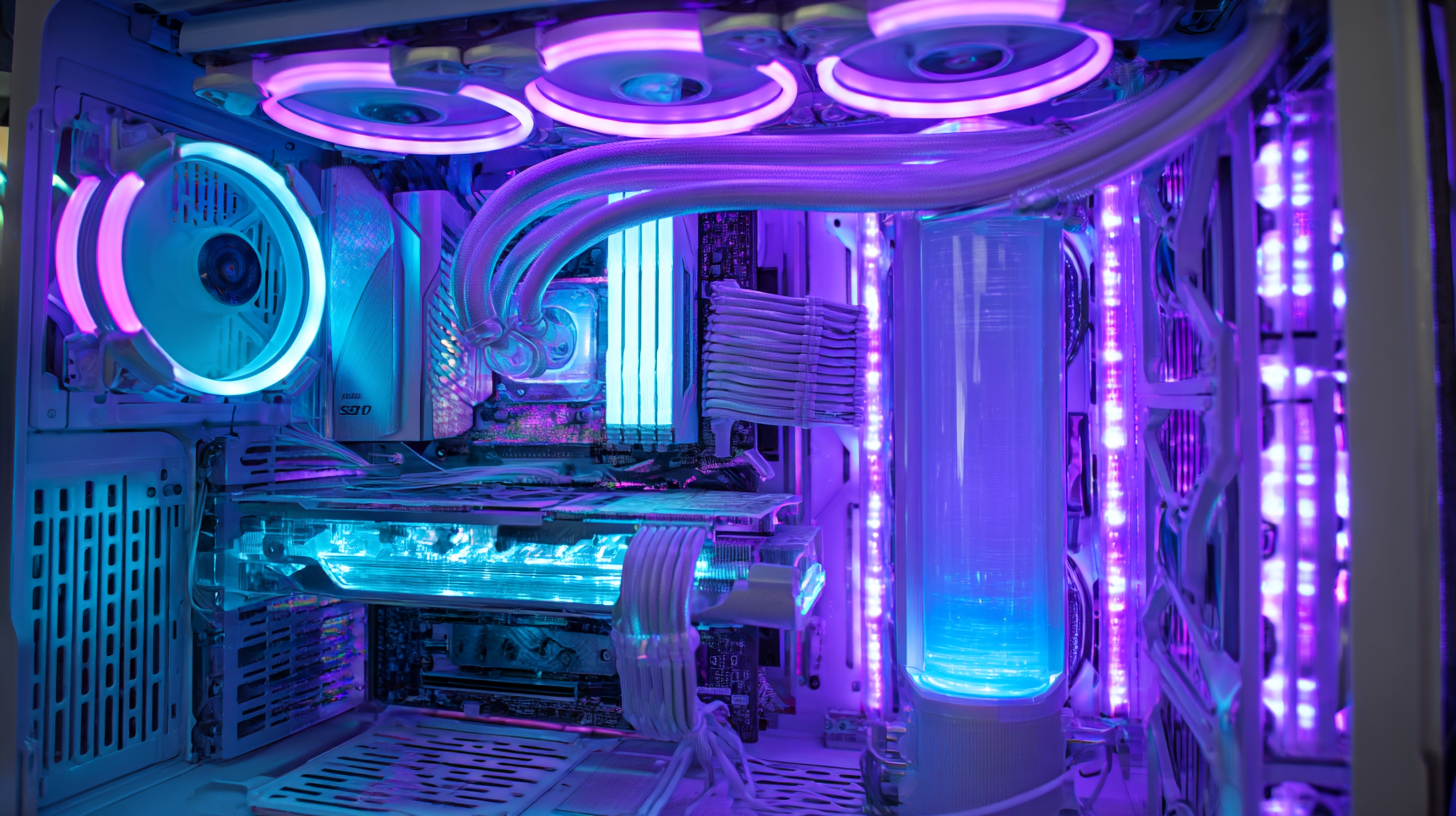
Understanding Your Workspace Needs for Cable Management
When considering cable management tools for your workspace, it’s crucial to first understand your specific needs. Different environments, whether a home office or a corporate setting, come with unique challenges. Analyze the types of cables you manage—power cords, data cables, or audiovisual connections. This assessment will help you identify the most suitable cable management solutions.
Tips: Start by measuring your workspace and identifying high traffic areas where cables tend to tangle. This can guide you towards using cable clips, sleeves, or even under-desk trays that blend functionality with aesthetics.
Another important factor is the flexibility of your cable management system. If you frequently change your workspace layout, consider adjustable solutions such as modular cable organizers that can easily adapt.
Tips: Opt for tools that not only hide cables but also allow for easy access. Velcro straps or magnetic ties are excellent for bundling cables while still letting you detach them as needed.
Exploring Different Types of Cable Management Tools
When it comes to creating an organized workspace, choosing the right cable management tools is essential. There are several types of cable management tools that can help keep your workspace tidy and efficient. One popular option is cable clips, which can be easily attached to desks or walls to secure loose cables. These clips come in various sizes and styles, allowing you to choose the perfect fit for your specific cables and setup.
Another effective tool is cable sleeves, which provide a simple yet elegant solution for bundling multiple cables together. Made from flexible materials, these sleeves not only conceal unsightly wires but also protect them from wear and tear. For larger setups, cable raceways are an excellent choice. These channels can be mounted on walls or under desks, neatly hiding cables and preventing tripping hazards. Each of these tools serves a unique purpose and can significantly enhance the functionality of your workspace while promoting a clutter-free environment.
Assessing the Cost and Quality of Cable Management Solutions
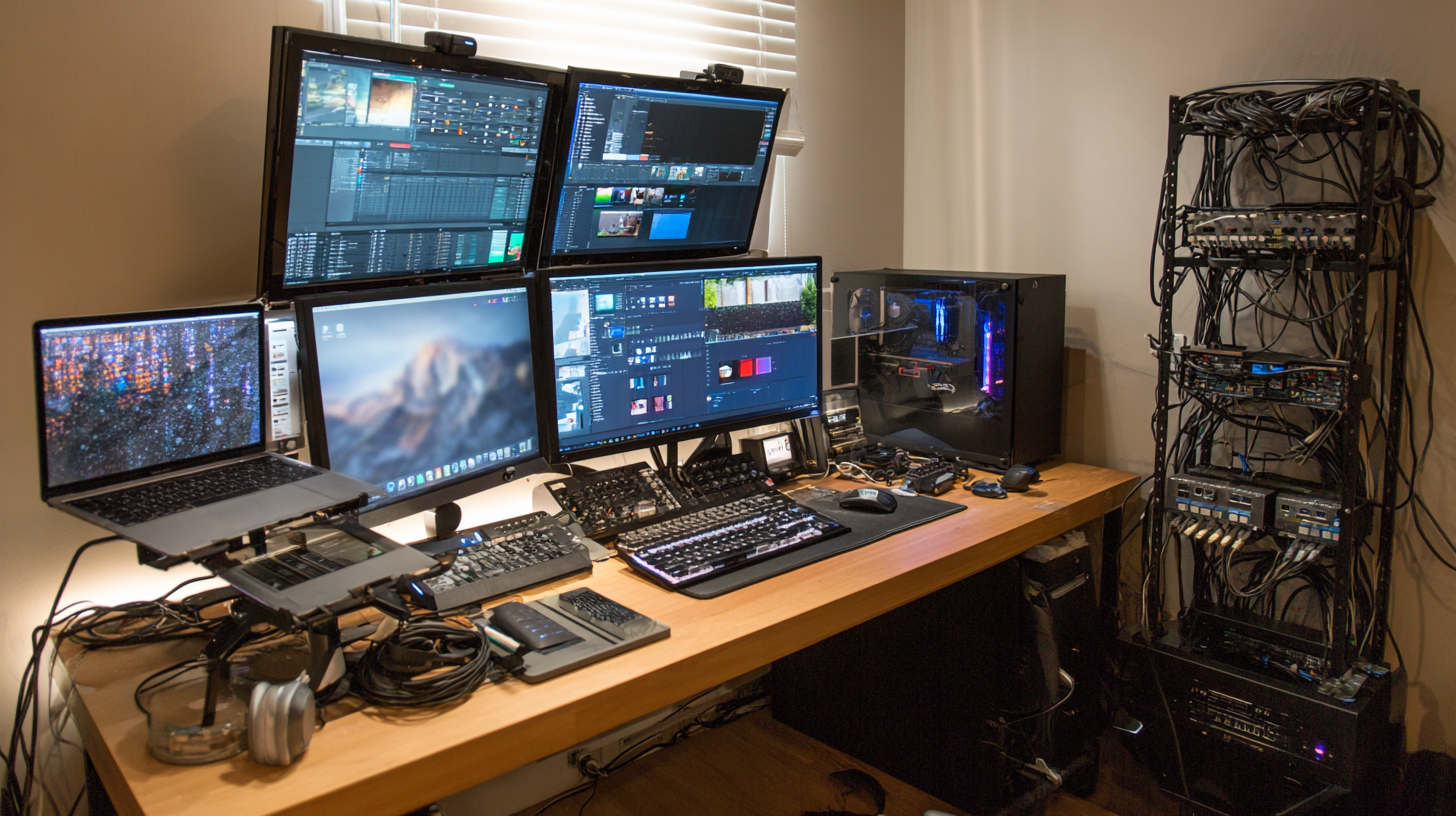 When selecting cable management tools for your workspace, it’s essential to evaluate both cost and quality. A well-designed system not only keeps your area tidy but also enhances safety and productivity. Start by comparing the price points of various cable management solutions, from basic clips and sleeves to more sophisticated trays and raceways. While it might be tempting to opt for the cheapest option, consider the long-term durability and performance of the materials. Investing in high-quality products may save you from frequent replacements and potential hazards caused by frayed cables.
When selecting cable management tools for your workspace, it’s essential to evaluate both cost and quality. A well-designed system not only keeps your area tidy but also enhances safety and productivity. Start by comparing the price points of various cable management solutions, from basic clips and sleeves to more sophisticated trays and raceways. While it might be tempting to opt for the cheapest option, consider the long-term durability and performance of the materials. Investing in high-quality products may save you from frequent replacements and potential hazards caused by frayed cables.
In addition to cost, assess the quality of the materials used in cable management tools. Look for options made from sturdy, fire-resistant materials that can withstand wear and tear. Read reviews and seek recommendations from colleagues or industry professionals to identify reputable brands. The best solutions will not only meet your budgetary constraints but will also provide efficient organization and ease of access. By carefully weighing both cost and quality, you can create a workspace that is not only functional but also aesthetically pleasing.
Tips for Installing and Organizing Your Cable Management Tools
When setting up a functional workspace, effective cable management is crucial for both aesthetics and safety. According to a report by the International Association of Professional Interior Designers, cluttered workplaces can decrease productivity by as much as 30%. Therefore, investing in the right cable management tools can help streamline your environment and promote efficiency.
**Tip 1**: Start by assessing your workspace. Identify the number of devices you need to connect and the type of cables required. Use cable organizers like clips or sleeves to keep everything in one place. A study by MarketsandMarkets indicates that the cable management market is projected to reach $30 billion by 2025, emphasizing the growing importance of organization in modern workspaces.
**Tip 2**: Consider adopting color-coded cables or labels to easily identify connections. This can reduce time spent troubleshooting and improve workflow. Another useful tool is the use of cable trays or raceways, which can help conceal wires along walls or desks, enhancing both safety and aesthetics. As per a survey conducted by the Workspace Safety Association, over 40% of workplace accidents occur due to tripping hazards, often caused by unmanaged cables.
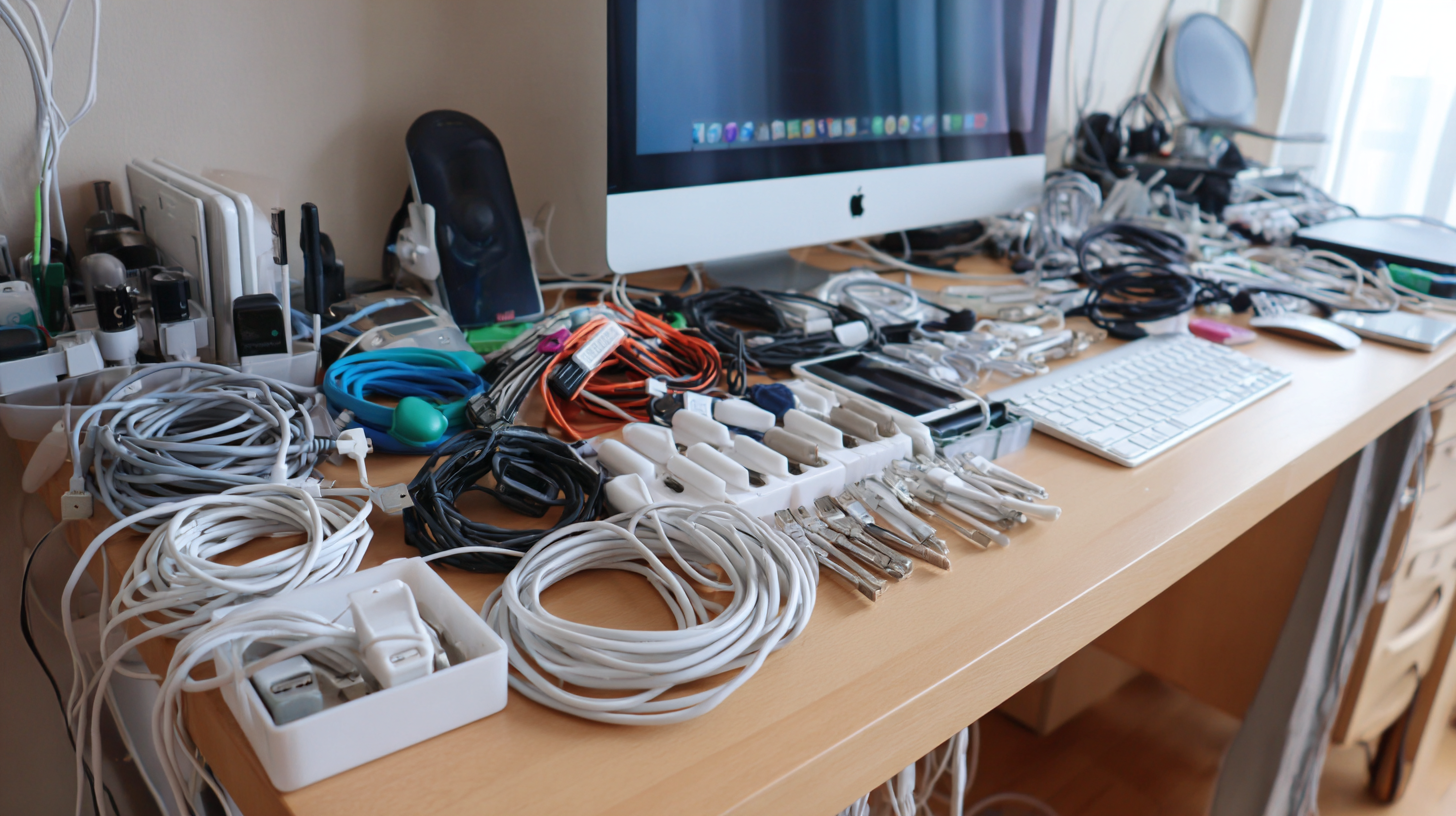
Maintaining and Upgrading Your Cable Management Setup
When it comes to maintaining and upgrading your cable management setup, it's crucial to understand the variety of tools available that can enhance organization and functionality within your workspace. Effective cable management is not just about aesthetics; it plays a vital role in ensuring airflow and simplifying maintenance. With an array of options like cable trays, raceways, and connectors, choosing the right combination can significantly improve your workspace’s efficiency.
Tips: First, assess your current setup and identify areas where cables are tangled or inadequately organized. Consider investing in labeled cable ties or sleeves to group and identify cables easily. Another effective strategy is to plan your cable routes carefully — strategically utilizing conduits can help conceal cables while also protecting them from wear and tear. Lastly, remember to regularly review and update your cable management tools as your workspace evolves, ensuring optimal performance and minimal clutter over time.
Related Posts
-

Exploring Innovative Alternatives for Effective Wire Management Solutions
-

Challenges Faced by Businesses Using Ineffective Cable Management Tools
-
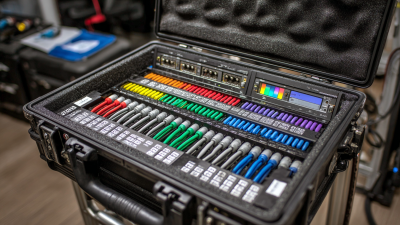
Ultimate Guide to Choosing the Right Cable Tester for Your Networking Needs
-

Understanding the Consequences of RJ45 Tester Misconfigurations in Network Performance
-

How to Choose the Right Coax Adapters for Your Connectivity Needs
-

7 Essential Tips for Choosing the Best Fiber Optic Termination Kit for Your Projects

